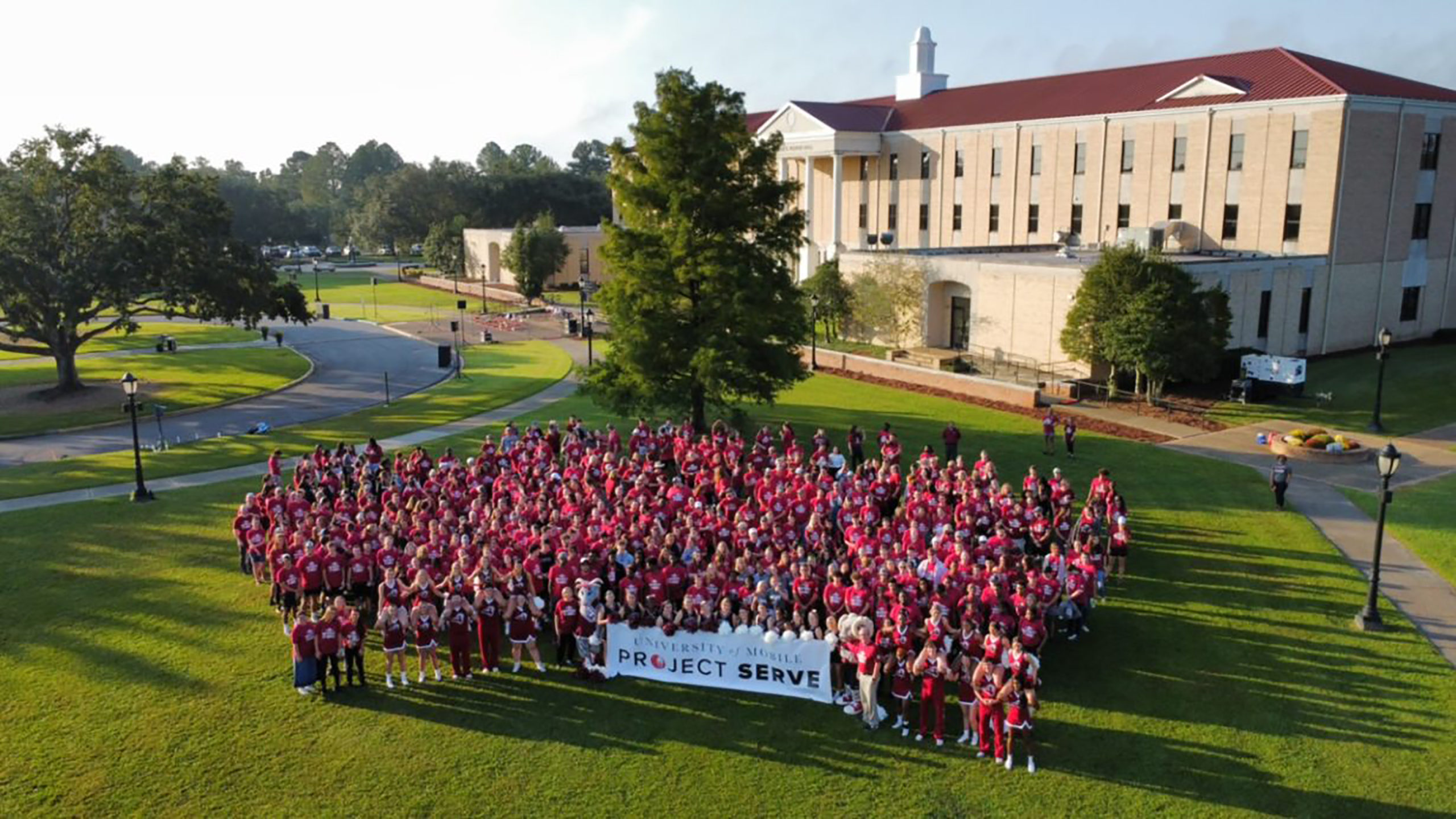University recruiters often tout their institutions’ student success and student engagement statistics, but what exactly do those terms mean and why are they potentially important factors to consider when choosing a college or seminary?
“Definitions vary, but most would agree that student success is an outcome measure associated with retention and graduation rates, and student engagement is the extent to which students are interested, curious and motivated to learn,” said Ben Sells, president of Ouachita Baptist University in Arkadelphia, Arkansas.
A closer look
Let’s break down the two metrics of success and engagement and how they are connected.
Though colleges may measure student success in different ways, successful students generally share the following in common:
- They remain in school. This is commonly referred to as “retention.” Examples include a freshman student reenrolling for sophomore year.
- They continue their education through degree completion. This is commonly referred to as “attainment” but simply means students graduate. Examples include a two-year college student who completes an associate’s degree, a four-year college student who completes a bachelor’s degree or a seminary or graduate student who completes a master’s or doctoral degree.
- They achieve satisfactory or better grades as they progress through their chosen majors and minors and are prepared for their post-graduation professional life.
Researching outcomes like retention and graduation rates can help prospective students gauge how supported and satisfied a college’s students are, Sells said, but those aren’t the only considerations.
Faith and values
“For many Christian parents, of even greater importance is the extent to which the faith and values they have nurtured throughout their child’s life will continue to be cultivated in the college years,” he said, equipping them to live their faith in all aspects of their post-college lives.
Student engagement is a key factor in a successful college experience. Essential components, according to the National Survey of Student Engagement, are academic challenge, learning with peers, experiences with faculty and the campus environment.
Student engagement is important for more than making it to graduation. According to data from the National Association of Colleges and Employers, business leaders and the general public feel strongly that students who graduate from college need more than just the practical knowledge of their chosen field. They also should have skills that are needed for success in the workplace. These “soft skills,” as they are known, include leadership, teamwork, written communication ability, problem- solving and work ethic.
NACE said experiences such as participation in campus activities involving teamwork, influencing, problem-solving and communication, as well as learning outside class — especially in the arts — help develop those skills that provide success not only during the college years but also after graduation.
Though many secular higher education institutions promote engagement and produce successful students, schools with a religious affiliation tend to rank higher in those areas.
High ranking
Samford University in Birmingham was recently recognized in the 2022 Wall Street Journal/Times Higher Education College Rankings as first in the nation in student engagement. Many schools near the top of that list are private schools with a faith-based foundation.
The rankings noted that in 2018, eight of the top 11 schools had a religious affiliation.
The Wall Street Journal said, “Those institutions often include in their missions the education of the entire student — body, mind and soul — and put a premium on group projects, mentoring and self-reflection.”
Responding to the 2022 rankings, Samford President Beck Taylor noted the university’s commitment to providing a well-rounded experience for students.
“Our faculty and staff work tirelessly and have remained resilient, especially during these unprecedented times, to create engaging learning opportunities for students so they will be informed, inspired and challenged,” Taylor said.
Most students find the highly relational, personal, yet challenging learning environments found at Christian colleges and universities to be beneficial, Sells said.
Caring and supportive
“Many Christian colleges and universities excel in student success and engagement, with graduation rates sometimes two or more times higher than at nearby public institutions,” Sells noted. “Campuses with a Christ-centered mission tend to be caring and supportive of students, with faculty and staff who consider their work with students to be a calling.”
Daniel Griffin, vice president for enrollment management at Union University in Tennessee, added, “We strive to engage students in all aspects of college life whether that is in the classroom, in student housing, in chapel and a variety of other areas on campus.
“Our president likes to say that college is either a greenhouse or a graveyard for your faith journey,” Griffin noted. “I think it is vital that parents understand who will be investing in their young adult for the next four years. I also think it is critical that parents seek to find an educational partner that can excel and prepare their student for God’s call and their life, yet intentionally integrate Christ into every aspect of the university.”
What to look for
When looking at prospective schools, students and parents should seek colleges and universities that:
- Include opportunities to experience soft skills through campus organizations.
- Interact with the outside world, such as service projects.
- Allow students to have a voice in what happens at the school, such as student surveys.
- Encourage at least one adult in the school to meet with a student regularly, inquiring about academic and non-academic issues, giving advice and taking an interest in out-of-school life, personal passions, future aspirations and distinct learning challenges and needs.
- Develop leaders through programs, workshops and organizations.
- Have good retention and graduation rates, above the average of about 33% for public schools and 53% for private.






Share with others: